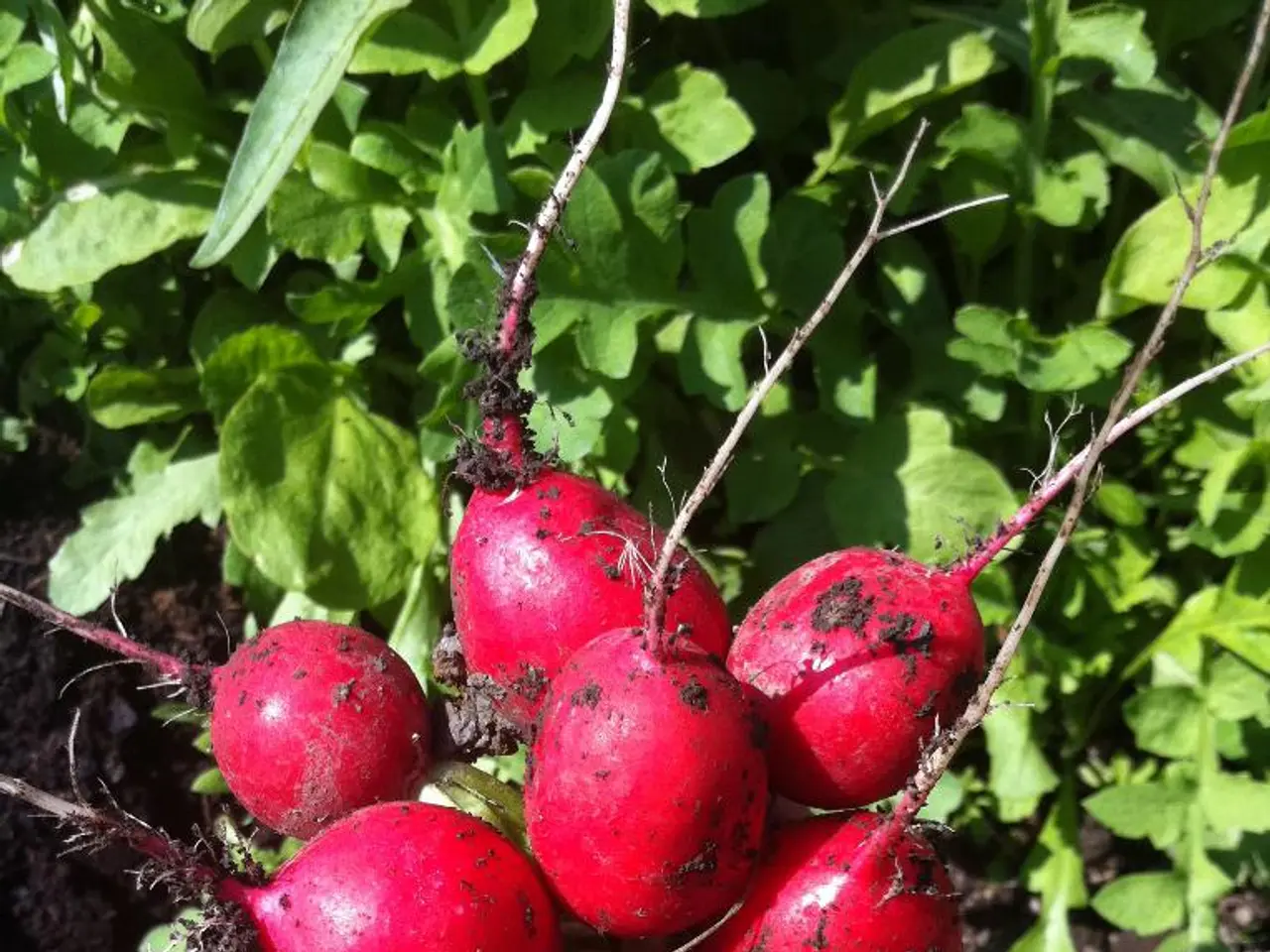Wood-Boring Insects Specialists: Carpenter Bees
In the world of bees, one species stands out for its size and distinctive features - the carpenter bee. Belonging to the genus Xylocopa, these large insects, approximately three-quarters- to 1-inch long, can be commonly identified by their large size, shiny black, hairless abdomens, and distinct facial features that differ between males and females.
Carpenter bees, specifically Xylocopa virginica, can be easily distinguished from bumble bees. While bumble bees have fuzzy, hairy abdomens often adorned with brightly colored bands, carpenter bees sport a shiny, black, and mostly hairless abdomen. Females have black faces, a stark contrast to the yellowish-white clypeus (face plate) of male carpenter bees. Another useful feature for identification is the dense hairs on the hind legs of female carpenter bees.
When it comes to nesting behavior, carpenter bees differ significantly from bumble bees. Carpenter bees tend to drill into wood to create nests, often under eaves of houses, whereas bumble bees nest in soil or dense vegetation. This ecological behavior difference is crucial in field identification.
It is essential to be aware that only female carpenter bees possess a stinger, which is a modified egg-laying device (ovipositor). Female carpenter bees can sting more than once if provoked, but they are generally docile and are reported to sting only if handled. To avoid stings during management efforts, it is advisable to wear protective clothing.
Carpenter bees can cause extensive damage to wood over time as they enlarge existing galleries in wood. To locate carpenter bee nest sites, look for yellowish to brownish fecal staining/streaking and dislodged pollen beneath hidden entrance holes. Coarse sawdust from carpenter bees' borings can also be a sign of nest sites. Wood replacement may be necessary when the strength of structural members, posts, poles, and other wood products is reduced due to carpenter bee damage.
Woodpeckers and flickers may cause additional wood damage by riddling wood with holes while searching for food (immature and adult carpenter bees). However, carpenter bees are important plant pollinators as they feed on pollen and nectar.
In the eastern United States, two native species of carpenter bees, Xylocopa virginica and Xylocopa micans, can be found. Carpenter bees prefer softwoods such as cedar, redwood, cypress, pine, and fir for nesting.
It is preferable to conduct any management efforts at carpenter bee nest sites after dark on a cool evening when carpenter bees are less active. By understanding these features and behaviors, one can effectively identify carpenter bees and take appropriate measures to manage any potential damage they may cause.
- In the realm of home-and-garden maintenance, identifying and managing carpenter bees can be crucial, especially if they've chosen to nest in your home's wooden structures.
- For avid gardening enthusiasts, it's important to recognize the differences between carpenter bees and other bee species, as carpenter bees are significant pollinators in the home-and-garden lifestyle, despite causing potential damage to wood structures over time.






